Augmented Reality in the Fitness Industry and How to Develop an AR Workout App
Gamifying AR and VR: The Future of Exercise Routines?
One of the largest expansion areas of the lockdown period has, unfortunately, been the waistlines of many. Being in what was essentially an enforced sofa-time led to many of us eating way more than we should have done, and the combination of lack of exercise and sugary foods has piled on the pounds. Now that we can go outside again, and the gyms have reopened, things should be getting back to normal once again, but apathy together with embarrassment at our physical condition mean that we are less likely to start using the facilities. It becomes a vicious circle of eating badly but not exercising properly too, with no clear way of breaking it.
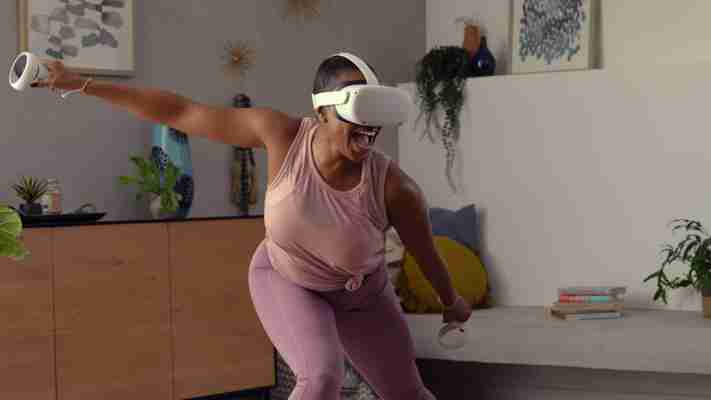
But with more of us being urged to be more active, is AR the way forward? Is AR gamification the way that we finally get back into shape?
Sounds great, but just what is gamification? The term means “the application of typical elements of game playing – such as point scoring, competition with others, rules of play – to other areas of activity”. In business it is typically used as an on-line marketing technique to encourage engagement with a product or service, but it can also be turned towards social activities. In the context of exercise, it means to employ game routines to stimulate movement, and thereby shift some of the accumulated lard.
And this is what VR was made for, and what it excels at too. A report has recently highlighted the fact that VR technologies are expanding fast, and people are getting excited about the potential for content that will not only help us relax, but will also get us moving when needed.
With the advent of relatively cheap hardware in the form of the Oculus Quest 2, the VR stores are now awash with apps centered on movement and fitness. Beat Saber – the VR rhythm game where you slash the beats of adrenaline-pumping music as they fly towards you, surrounded by a futuristic world – remains one of the best-selling games available, and its success lies in its simplicity. Play it for ten minutes and the adrenaline starts pumping as you slash away at the oncoming blocks and dodge the walls. It becomes highly addictive too, as you try to better your scores each time.
But gamification is much more than just having apps to get people moving, and the latest titles have been designed to maximise heart-rate by pumping up the action, but doing it in a steady way. This means that the exercise becomes cardiovascular with the focus on getting the muscles working to stave off the effects of poor diet and age, and if you do it regularly, you will pretty quickly feel the benefits.
But the latest range of AR/VR games offer much more than just healthy movement and the chance to get more than out of breath. The advantages include:
They boost motivation. One of the problems with going to the gym is, unless you happen to have one built into your house, you need to get there, and many people fall at this hurdle. However, if you can work out in your pajamas rather than pouring yourself into lycra, and getting to the gym, then you are more likely to actually do it.
You get just the amount of exercise that you need. By taking part in AR and VR gaming and health experiences, you can get just as much exercise as you need and that makes users more likely to do it. Unlike going to the gym, strapping on a VR headset is easy and you can do just as much as you want, rather than getting caught up with peer pressure.
They offer a range of routines. With VR app stores now awash with workout games that vary from low impact and accessible to everyone to more frenetic and fast-paced offerings that really test your strength and agility. Starting low and working up will get you back in shape quickly.
They allow fitness tracking. You can store your stats within most games so you can see how the app assesses your ability, speed and strength, and check improvements as you become better at the particular workout.
They are a fun way to keep fit. Do as little or as much as you like, and in all manner of fantastic environments and can be done either solo, with virtual crowds, or even with other real people on-line.Working out in a virtual environment is much more motivating than staring at yourself in a mirror at the gym.
Do as little or as much as you like, and in all manner of fantastic environments and can be done either solo, with virtual crowds, or even with other real people on-line.Working out in a virtual environment is much more motivating than staring at yourself in a mirror at the gym. They bring fitness in many different forms . While a lot of content is obviously fitness-orientated, putting the user in an online HITT class, others are less discernible but are nonetheless hard work. Oculus apps like The Climb , looks like a bit of mountain or building climbing fun, but get into it, and you’ll find that you are having to use muscles that you didn’t know you had.
By gamifying VR and AR apps, getting fit is suddenly a whole lot easier, and that is likely to encourage more people to bite the bullet and take control of their fitness. But it’s not like normal exercise routines, and now that the principle has been proven, we can start to look forward to ever greater challenges in the fitness market. Gamification of AR and VR is liberating and bringing fitness back to the masses, even if many don’t realise it.
Immersive Gym and Gamified Fitness Experience
Holy wow, check out the 2 Hero Members who recently completed the Black Box VR 90 Day Challenge.
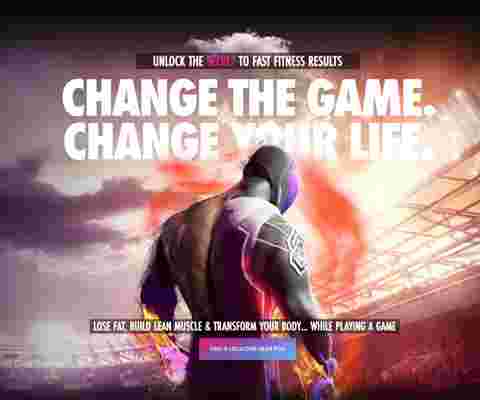
They only worked out 3 times per week, 30 minutes per session, for 90 days, in Black Box VR.
Ryan S. gained 8 lbs. of lean muscle mass and lost over 30 lbs. of fat in just 90 days! Jensen dropped 32 lbs. of fat and gained 12 lbs. muscle…
Again… this was done at a VR gym!
Check out one of our gyms near you
Augmented Reality in the Fitness Industry and How to Develop an AR Workout App
When I was in grade school and we would run laps at the PE lesson, our teacher used to make a zombie impression at the crossline, pretending to chase us. Excited, we would get more eager to run faster. Now, what were all these imagination games if not a forerunner of augmented reality for workout? Back in the 90s, AR was something distant, but nowadays it’s gaining momentum. Though shattered by the pandemic, the augmented reality industry is expected to flourish. According to MNM, the market can reach USD 60.55 billion by 2023, at a CAGR of 40.29%, between 2018 and 2023. Workout and fitness are the fields where AR shines. As the first augmented reality exercise apps made their way in the 2010s, now the potential of this technology is slowly unfolding. So, why not embrace its advantages? This is an article for everyone interested in creating a fitness and health app, and who is considering the idea of implementing an AR feature in it. Can AR boost a fitness app? How exactly, and is the game worth the candle? Dive right in to find out.
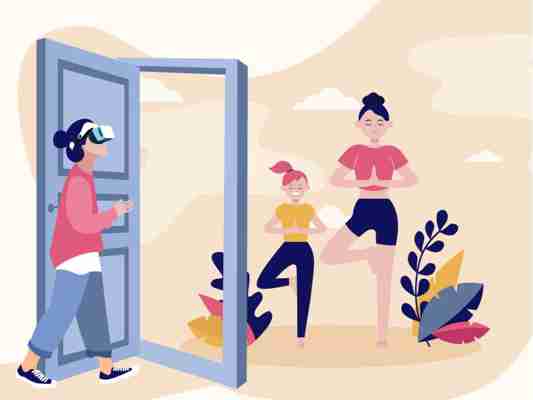
What is AR? For those of you who don’t know much about the subject, here’s a short introduction. AR is the technology allowing overlay digital information on an image of something being viewed through a device (a smartphone camera, smart glasses, etc.) In other words, AR lets us see the real-life environment right in front of us (e.g. gyms with the fitness machines) with a digital augmentation overlaid on it (e.g. a trainer’s hologram). People all around the world use AR, sometimes not being aware of it. For example, Instagram and Snapchat have AR creative filters utilized by hundreds of millions of users. AR, VR and MR. What’s the difference? While augmented reality enhances the real world using overlays, virtual reality immerses a user in a completely made-up environment. If you want to learn more about VR in the context of fitness, it’s a good idea to explore Black Boxvr, billed as the world’s first virtual-reality gym. Mixed reality refers to a kind of AR in which graphical visualizations are projected interacting with the real world. In case you are interested, Runsocial would be an example of an AR fitness app with mixed reality features. Is VR more perspective than AR? The advantages and perks that virtual reality brings often seem more alluring than the ones of augmented reality. For example, how cool does cycling in Ireland or midtown Manhattan sounds, e.g. available with VZfit? However, augmented reality is predicted to have a bigger impact on the market and our daily lives than virtual reality. According to the experts, the fact that VR environments demand a user’s full attention makes the technology badly suited to real-life social interaction. AR, on the other hand, provides “the potential to act as an on-call co-pilot to everyday life.” The capability of integrating into daily real-world interactions made possible by AR puts it ahead of the game in many ways. In this light, making the app with AR features seem quite reasonable. Now, let’s move to augmented reality in the fitness industry and workout industry. What does it look like?
AR in workout industry There are various types of apps featuring AR for fitness, namely gamification and workout apps. People use them at home, at gyms and outdoors. When it comes to fitness using augmented reality, some tools work via smartphones only, other require wearables (hands-free solutions), which can include smart glasses that usually work hand in hand with apps like Solo Wearables
an AR device to wear on one’s head Overall, solutions requiring wearables are becoming more popular, as carrying a cell phone during the training can be inconvenient. If we free users’ hands, it can lead to safer and more productive workouts. There are also systems with more complicated solutions like vSports that can go beyond AR and require additional hardware or software.
How AR features can improve your workout app? Let’s start with a big picture. Why bother creating AR features for your fitness or workout app? Here are a couple of advantages to keep in mind. Provide additional value. To put it simply, augmented reality features can make your app more useful and put it ahead of the competition. For example, your tool might provide some personal information (like heart rate) displaying it on the screen of users’ glasses or smartphones. Or your app can be just fun, therefore more useful and enjoyable. Make user experience more immersive. Unlike VR, AR doesn’t immerse you in a completely new environment. However, it allows users to interact with objects that are not actually there, which can make a workout extra stimulating. Improve user journey. AR can easily improve UX and user journey. E.g. if you build an app for runners or cyclists, you can provide them with data on how many kilometers are ahead of them. Make it more cutting-edge. AR tools, being in the spotlight, are a hallmark of the high-tech industry. Utilizing the technology means you are making the most to improve the user experience of your app.
Why include AR features in your workout app? Let’s sum up – what can you do by utilizing all the advantages of augmented reality in fitness? Increase user engagement. Since you provide additional value to your app, your users have more reasons to stay with you longer. The word-of-mouth marketing can be triggered and you can enjoy increased user engagement. Broaden audience. Using such cutting-edge technology as AR improves brand visibility, attracts the attention of the audience, provided you have a good marketing strategy. E.g. if you add the elements of play, those who are into gamification will join you. If you utilize the sensors, navigation, statistics, you might involve the attention of the professional sportsmen, etc. Tap into new revenue streams. As the value of your app is increased, you can charge more for it no matter which pricing model you choose. Delivering quality experience puts you ahead of the game.
AR features to add to you app Here’s a very brief list of features you can add to your app Real-time data visualization. If users can see their progress, it can be a huge motivator for them to keep going and achieve their goals. You can provide customers with real-time information about what’s going – either how many kilometers they have to make, or how many calories they’ve burnt. With the useful set of measures to keep your users on track, they can prevent themselves from overstraining their bodies and boost their efficiency. Gamification elements. From zombies to dinosaurs – workout gamification is a huge trend. Adding AR gaming elements to exercising helps workouts become more accessible and rewarding to help users reach their fitness goals. Learn as you go. Augmented reality in gyms can be used with ease. You could help your users to know how some tricky machines or equipment work – AR technology can make this a lot less overwhelming. Your app can deliver personalized workouts through an AR device such as smart glasses to jumpstart your customers’ fitness regimen. Holographic trainers. You can go even further and include the holographic trainer feature in your app. So instead of looking for workout videos or reading instructions, users can project a virtual personal trainer in the gym or at home. Augmented reality for yoga or pilates can easily work this way. Users could walk around their coach to see the way muscles work. A personal trainer will show them how to lose weight, strengthen body lines, give workout instruction, etc. Would you like to implement any of these features in your app? Ping us with a message.
Would you like to build a fitness or workout app? Let us know
Top 7 popular AR fitness apps, games and wearables We decided to share with you some of the most popular AR fitness apps and games for you to inspire. Zombies, Run!
This is a game and audio adventure, claimed by some as “one of the most enjoyable running apps.” Though it’s a gamification tool, it differs greatly from, let’s say, Pokemon Go . Exercise is a primary goal of Zombies, Run, and the spooky storyline is just a way to reach it. The app neatly mixes augmented reality and fitness training. Through their headphones, users listen and follow along as a helicopter pilot helps them escape a zombie apocalypse. Launched in 2017, it’s got thousands of testimonials on social media. Be sure to explore this game, if you are going to build a running app yourself. AR runner
For those who are into running, but not fans of zombies, here’s another augmented reality sports game. It’s organized around checkpoints – AR dots that users follow during the training. The objective is to run through as many checkpoints as you can in record time. This is an example of how AR for workout can be made simple. Macworld described this game as a “short, fast, active fun, and an inventive use of ARKit”, while CNET suggests app users to “beat a world record without ever leaving their hometown.” However, there seems to be a disadvantage to it, as you have to stick your eyes to the screen all the time while exercising. Golfshot
Now let’s move to the sporting apps and games. Golfshot allows you to experience augmented reality on the course , and is claimed to be the only product of its kind. The app features real-time GPS distances – to the center, front, and back of the green. There’s no need for wearables or smart glasses. The app won the Apple Design Award and was named to the Apple App Store Essentials Hall of Fame. Vsports.io
Vsports.io is a system for sports simulation and training. It contains elements of both – augmented and mixed reality. Parameters of different games are displayed graphically onto augmented reality glasses in real time. It’s designed for many sports, e.g. baseball, soccer, basketball, hockey, golf and tennis. To try the tool out, it’s suggested that you contact the vendor. However, the video overviews of the tool may give you some insights and maybe also inspiration.
Theodolite
This is not exactly a workout app, but we decided to include it, as it’s actually one of the very first augmented reality apps. Released in 2009, it’s been downloaded and used by millions of customers since then. Theodolite is a multi-function viewfinder that combines a compass, two-axis inclinometer, map, GPS, nav calculator, and many more features into one app. It can be very useful for competitive athletes for outdoor sports. Solos Smart Glasses
Now, let’s move to wearables. Solos wearables merge users’ preferred performance data and put them all right in front of them. As a result, they can keep their eyes on the road and their heads in the moment. Team USA cycling members from the Olympic Games in 2016 used Solos to train for races, with the women’s U.S. Cycling Team taking home silver medals. Gymnotize Fitness Workout App
This app is an example of utilizing augmented reality for fitness. With dozens of weight-based exercises to choose from, Gymnotize is a training app. It allows users to track their repetition count, create customized workouts and graph fitness progress. But it’s the app’s use of AR to show how to correctly lift weights that really makes it stand out. 3D fitness animations help users see exactly which muscle groups are being used in which exercise. The AR tools are also helpful for correcting exercise technique. Would you like to build an app similar to this one? Feel free to contact us
Would you like to build a fitness or workout app? Let us know
How to develop an augmented reality fitness app The process of augmented reality fitness app delivery goes as follows Business analysis. Many crucial questions get to be answered at this stage. What is your app going to do? What is its core appeal? Also, the goal is to find information on the technical requirements for your app and explore how to market and monetize it. Design. At this stage, you conceptualize the main features and the approximate layout and structure of your application. Development. Developers and QA engineers work tooth and nails to meet your goals Your wireframes and storyboard now become the foundation of your back-end structure and front-end endeavors. Your developers will have to set up servers, databases, APIs, and storage solutions, and many more. Release. It’s time to have your app listed on the app stores of choice and get it seen. Of course, all these processes are inextricably linked, and it’s a good idea to turn to an experienced fitness software development company like Riseapps, to make sure your app is going to be ahead of the game.
Would you like to build a fitness or workout app? Let us know
Our experience in fitness and AR At Riseapps, we created plenty of fitness software. A tablet app for fit20, an EU-based fitness and health franchise with more than 140 studios on 4 continents, can serve as an example. The company, a world market leader for High-Intensity Resistance Training, needed a tool for clients to follow the accurate workout scheme and use their precious exercise time with the ultimate good. We’ve developed the app that reads data from the hardware sensors and displays it in real-time on the Android tablet mounted on a fitness machine, showing a clear exercise path and a client’s progress. We also have considerable experience in building augmented reality features. Not long ago, we created a groundbreaking Atmoscan app – an AR tool showing safe places on the map during hurricanes, tornados, etc. It allows users to actually see wind and gusts around them. The moving air is visualized on the screen with real-time accuracy. As of 2020, this is only one solution of this kind available on the market. Marrying fitness with augmented reality features is not rocket science. So if an AR workout app is what you are shooting for, be sure that Riseapps rise up to this challenge, creating a tool that will stand out in the market and bring you profit.
Would you like to build a fitness or workout app? Let us know
Conclusion In this article, we’ve touched upon the topic of workout and fitness augmented reality. We listed the advantages of using AR in the fitness industry that include increased user engagement, extended audience, and tapping into the new revenue streams. Some main AR features in apps include real-time data visualization, gamification and holographic trainers. We looked at the most popular apps, games and wearables, namely Zombies, Run, Golfscape AR, Solos Smart Glasses. To top it all off, AR has immense power, so why not use its advantages? If you want to build an augmented reality fitness app, let us know. Our developers have broad experience in AR, as well as in fitness software development and can make your app shine. Ping us with a message, and we’ll get back to you at no time.

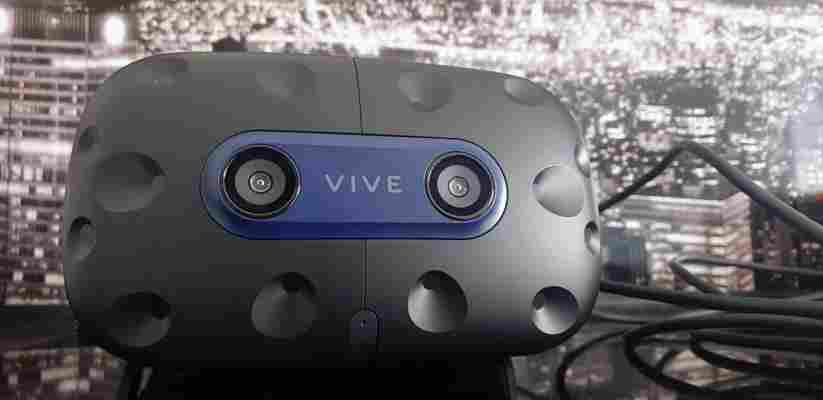
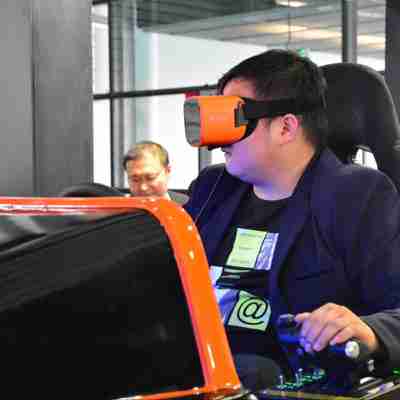

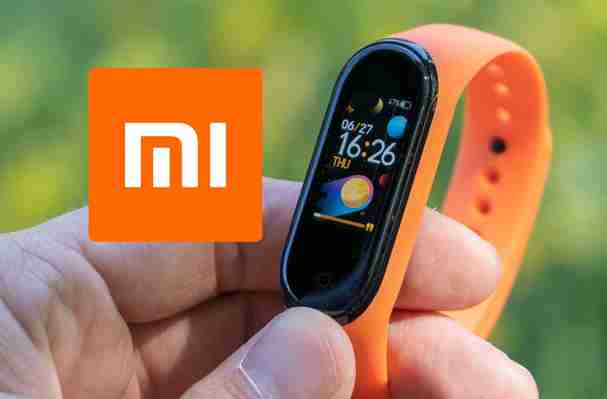
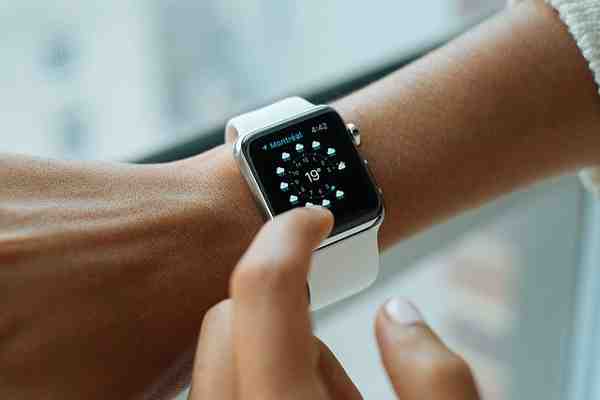
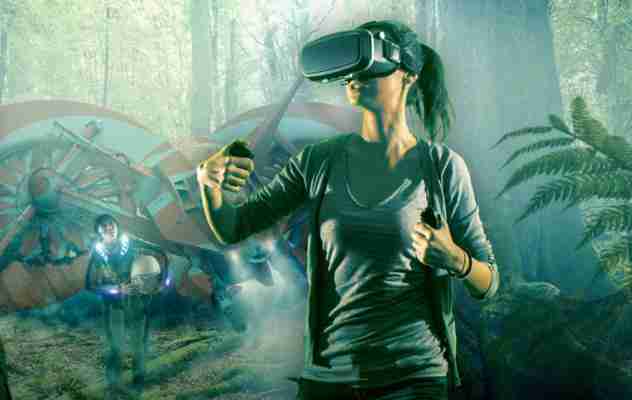

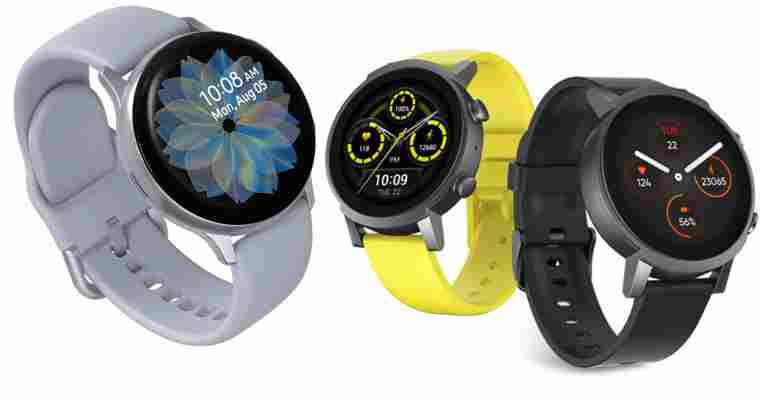
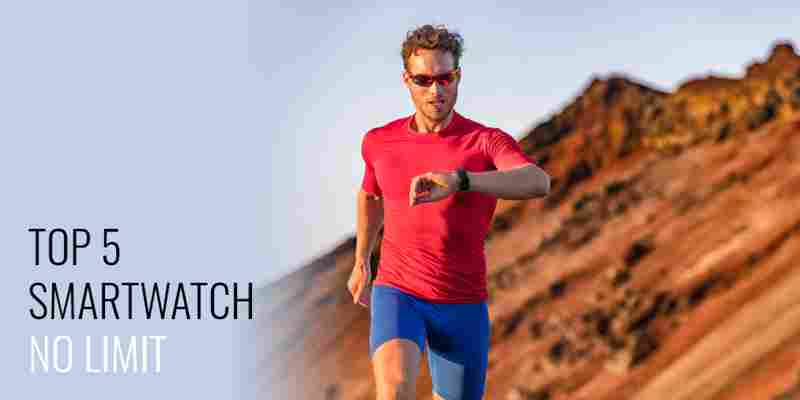

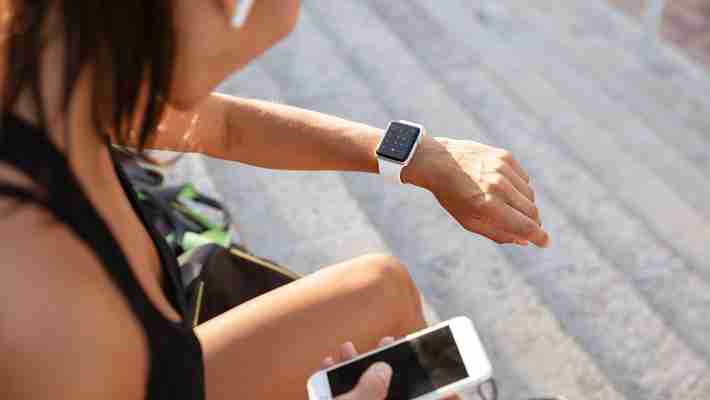
Write a Comment